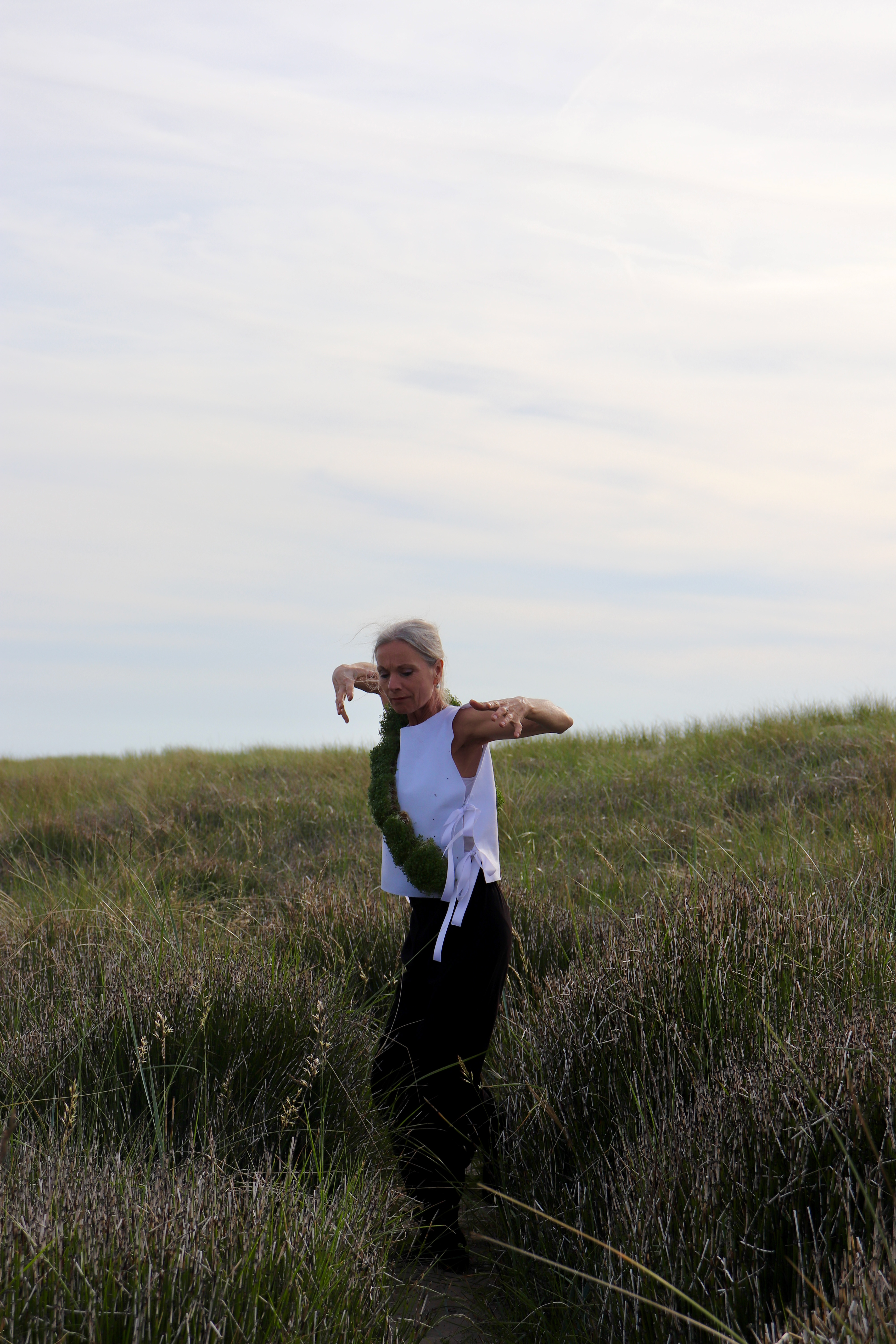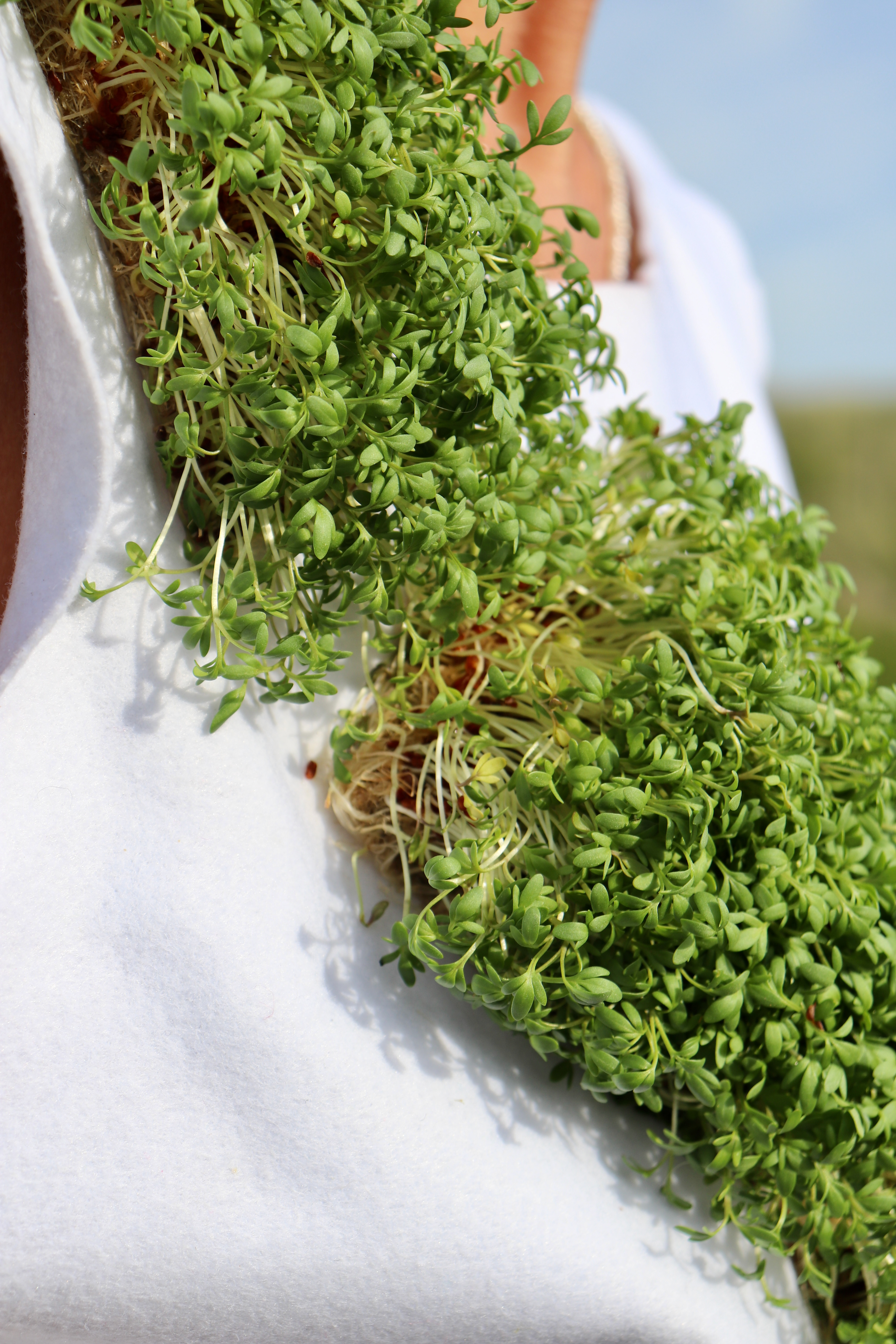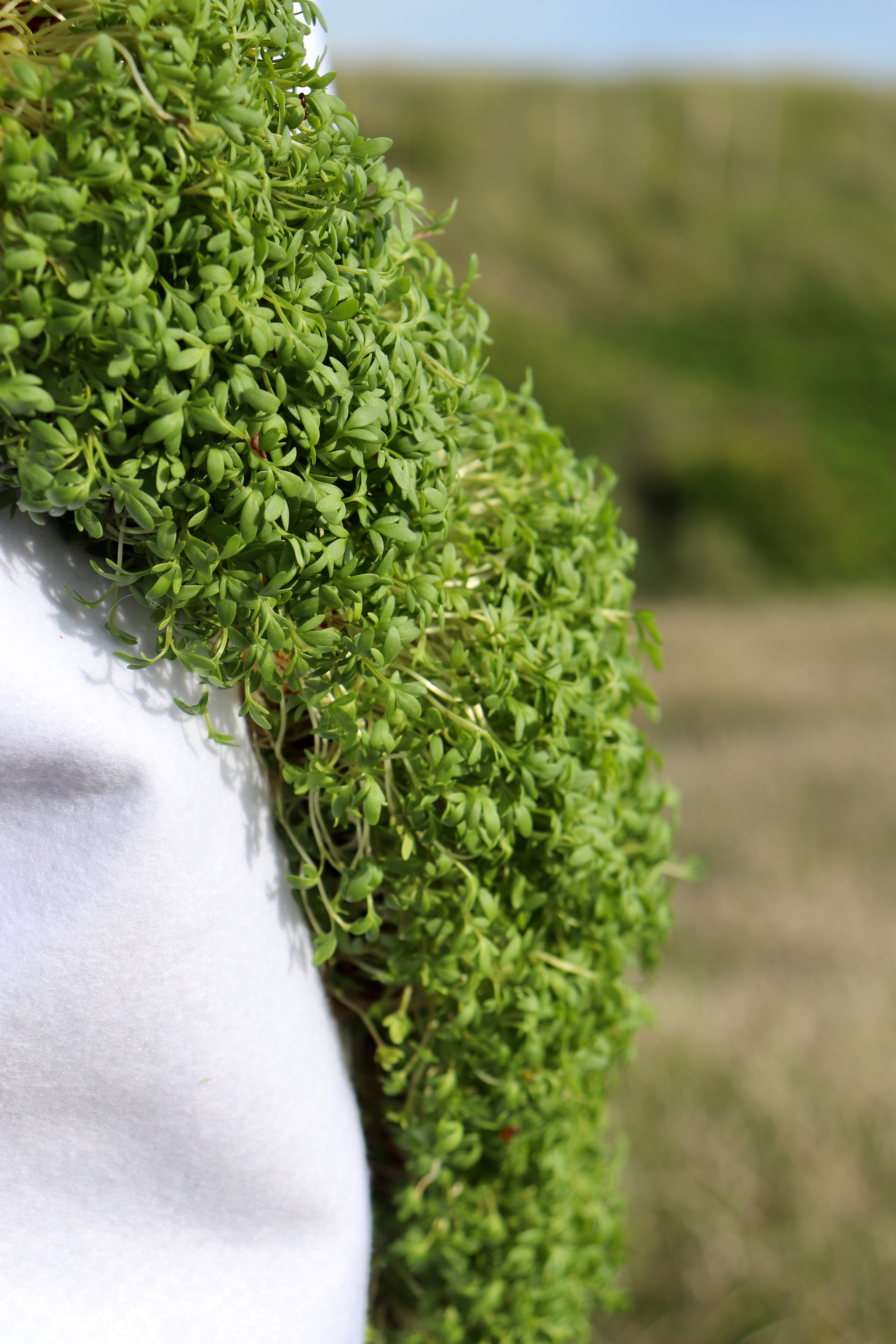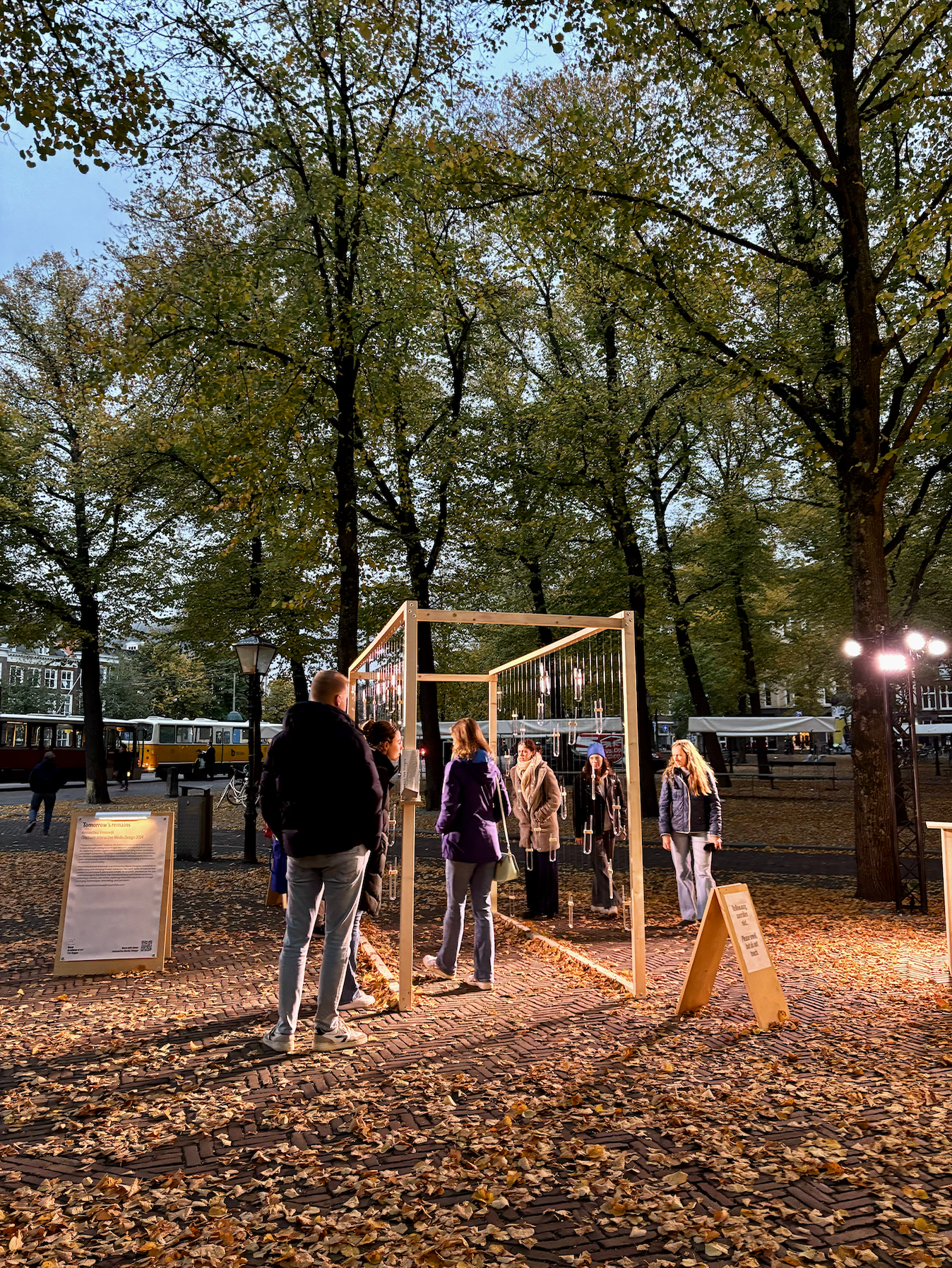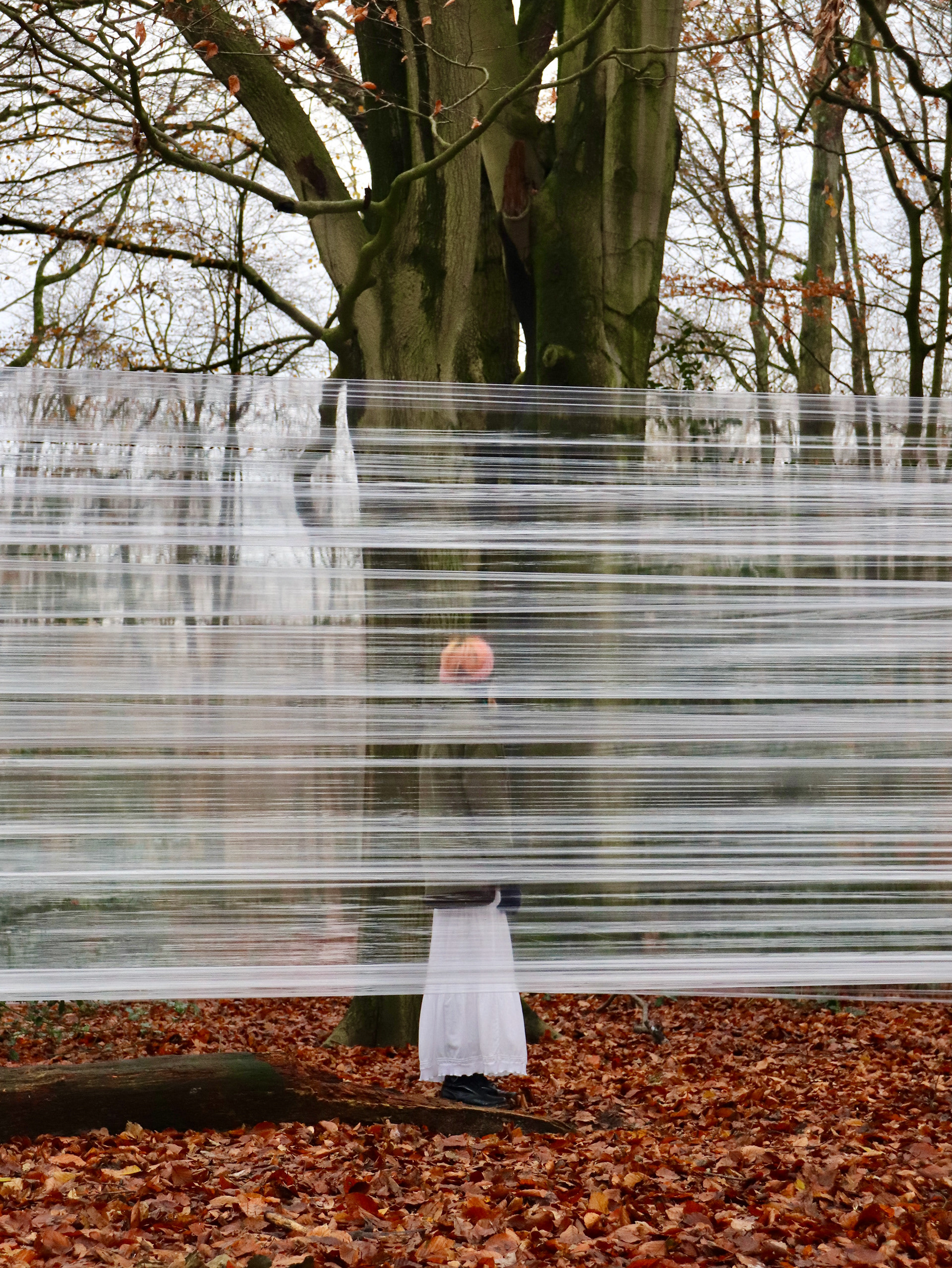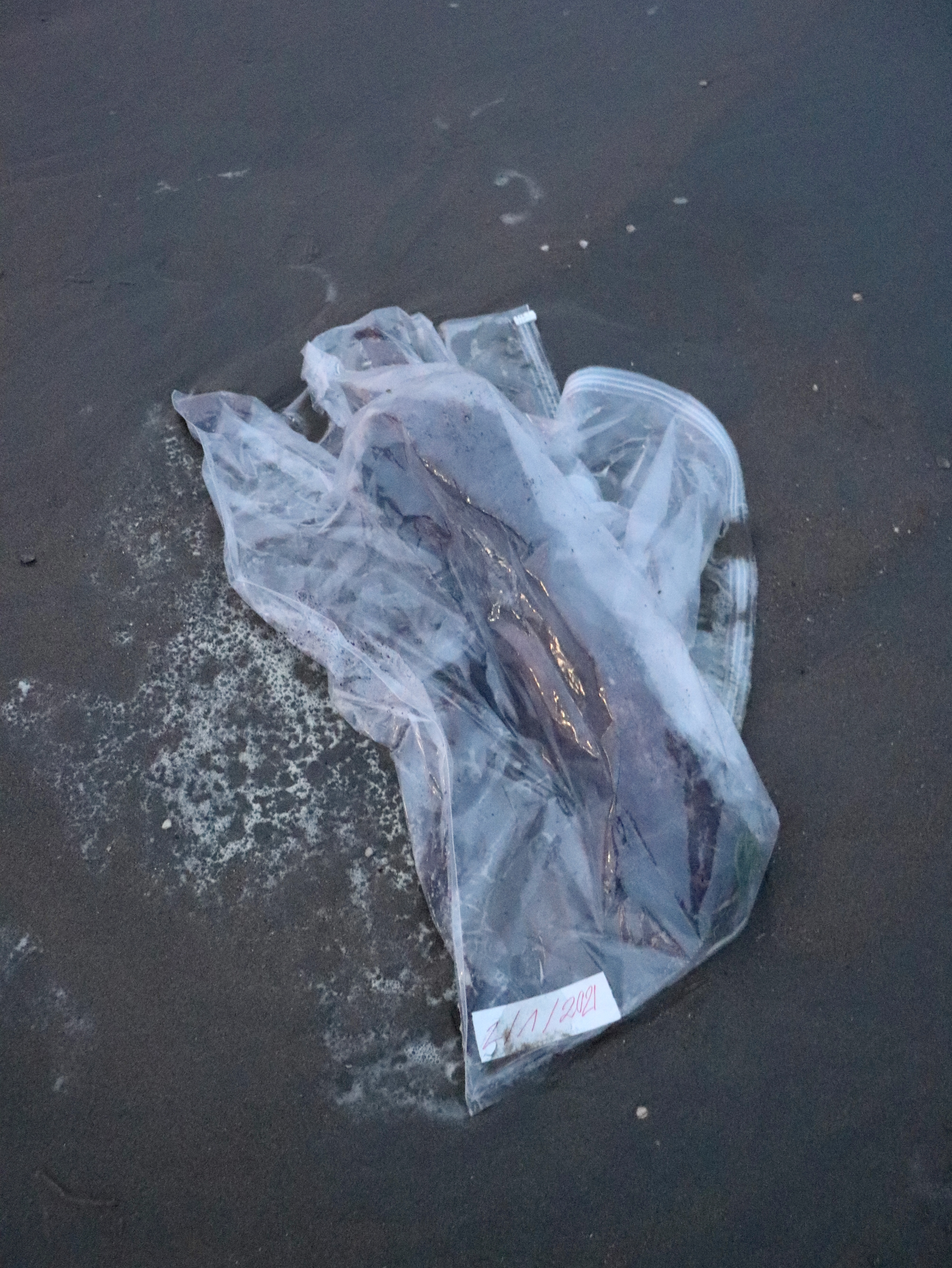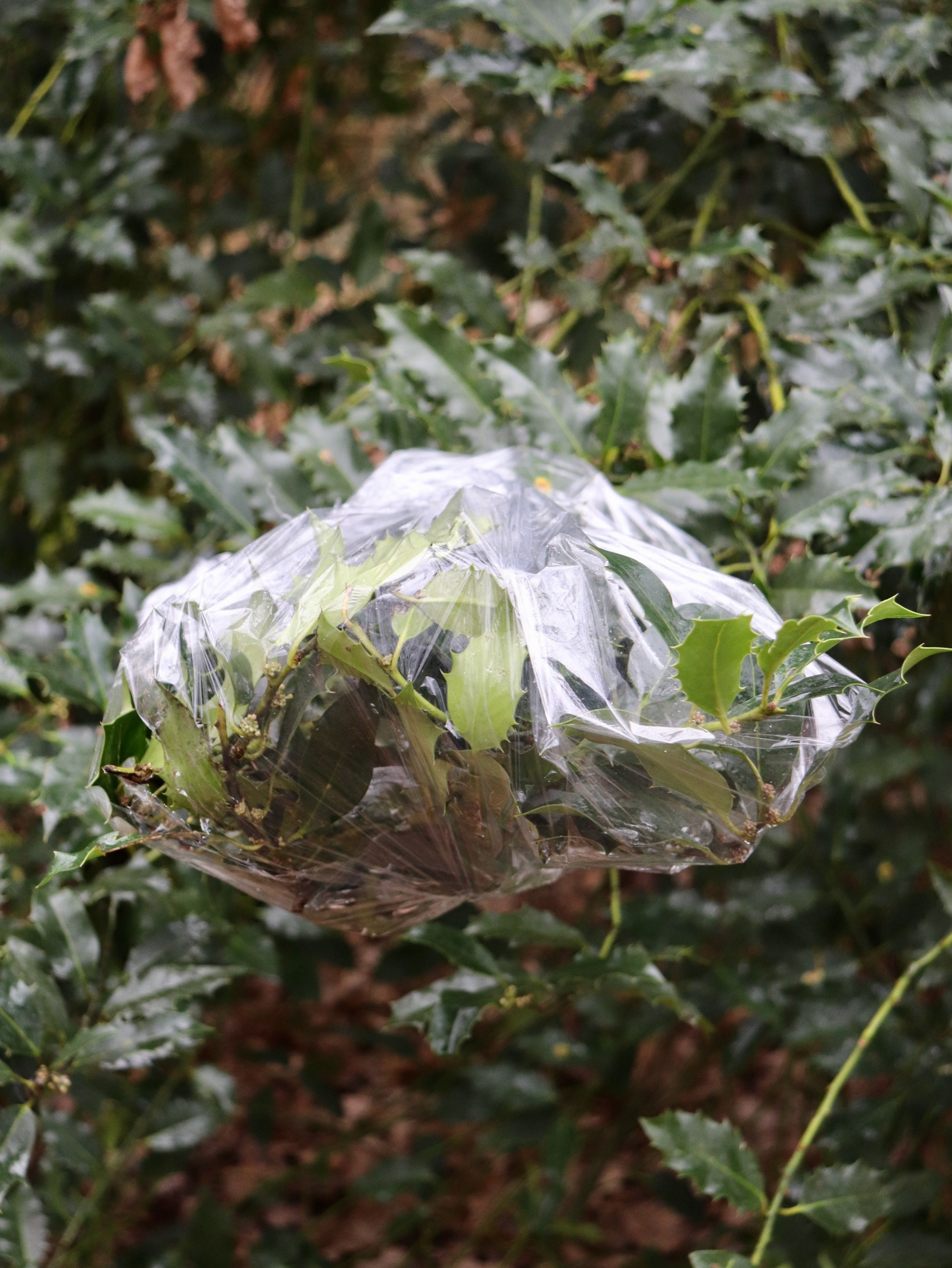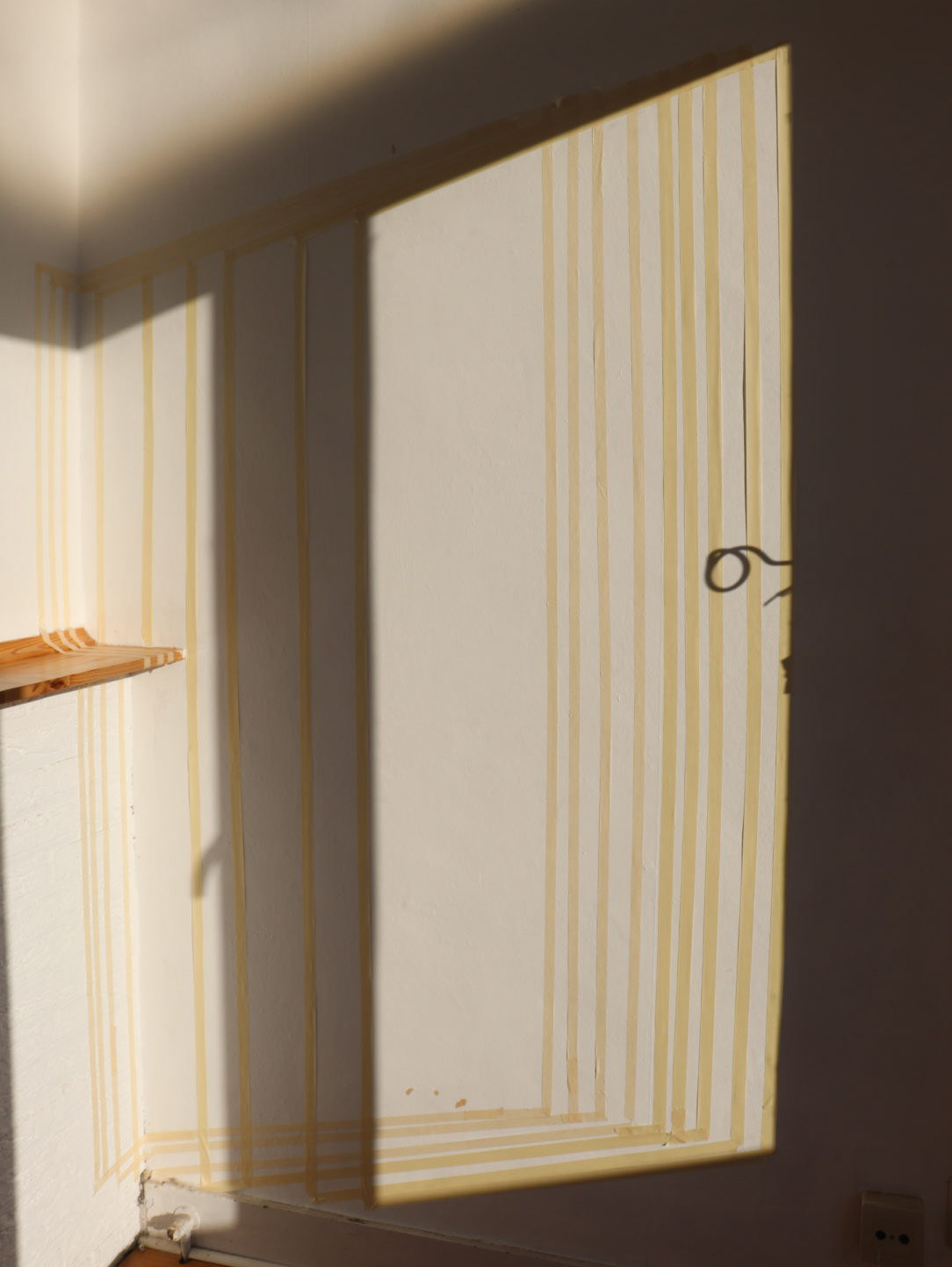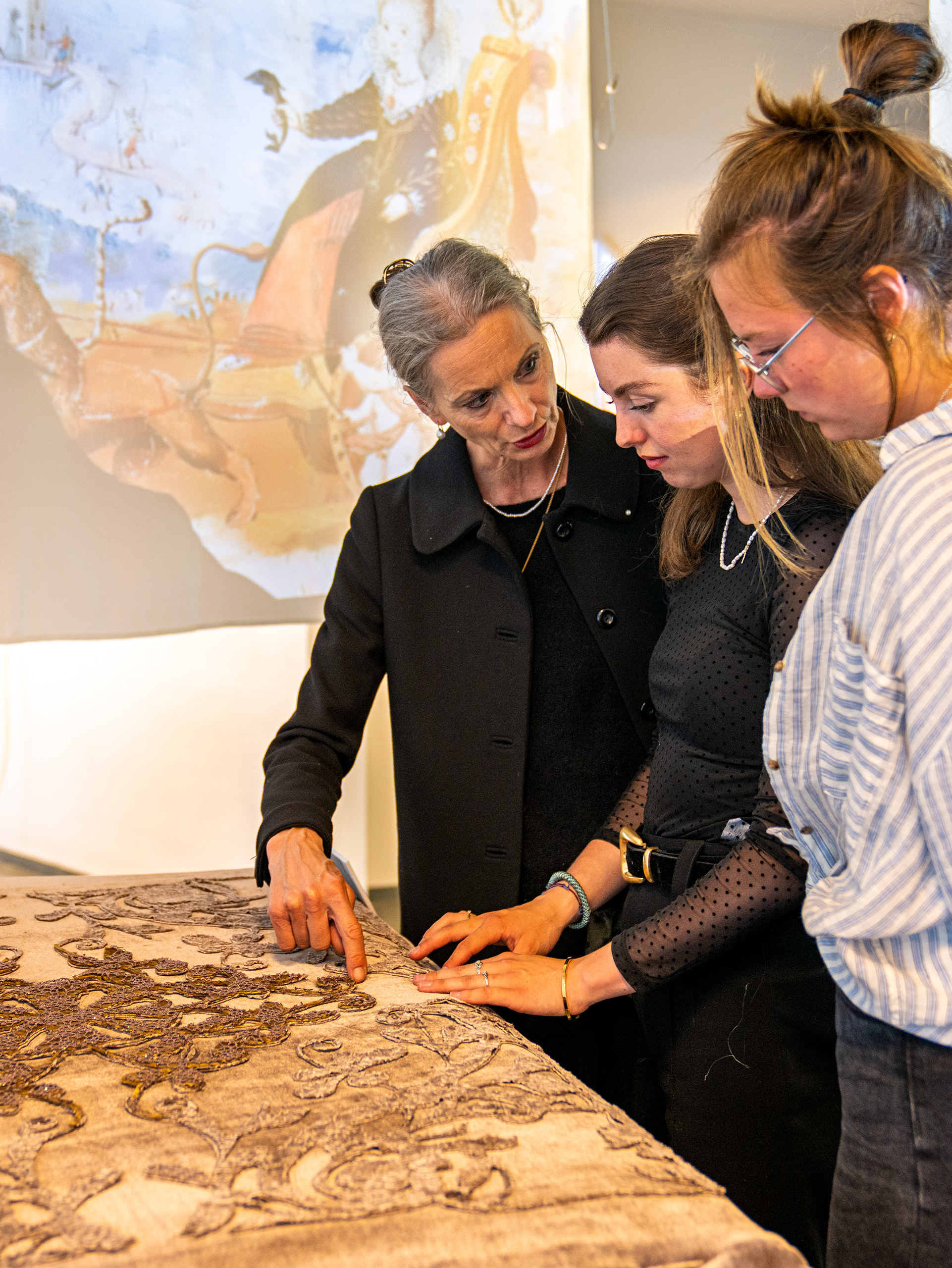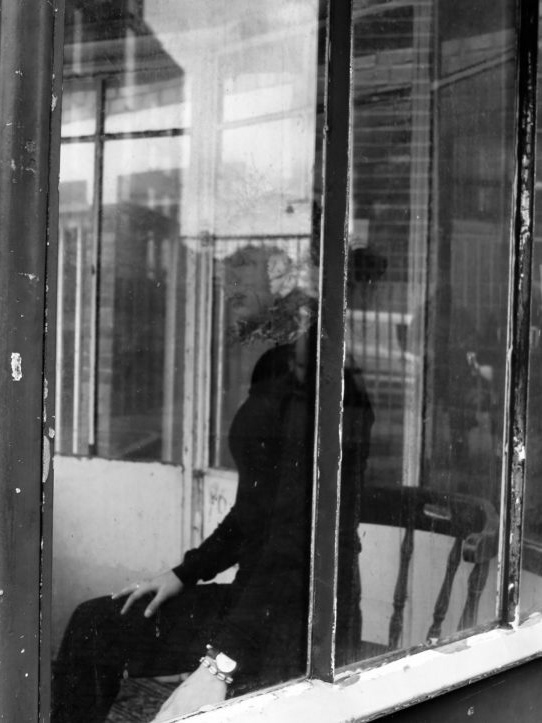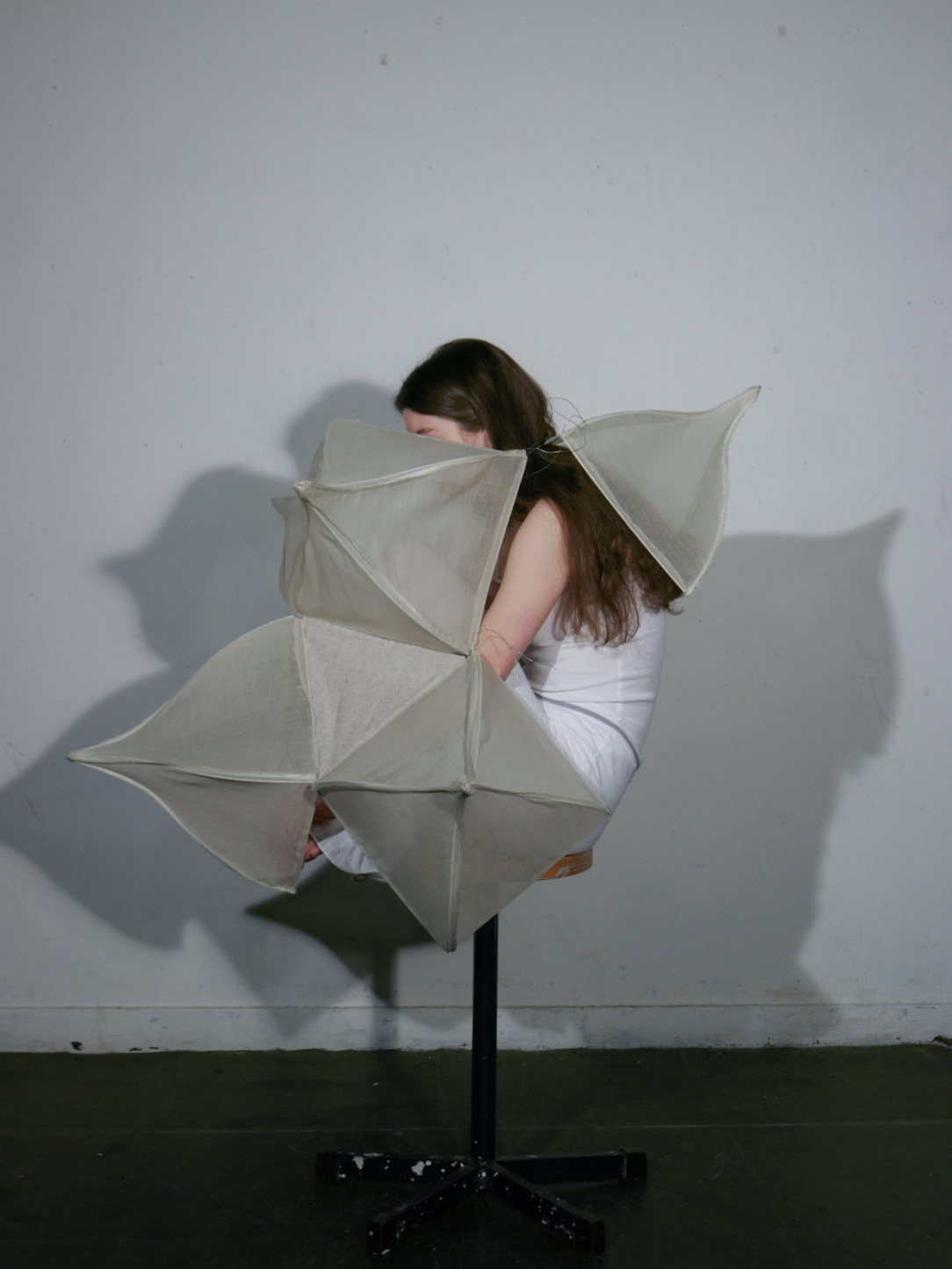Introduction
When we think about the relationship between humans and nature, it is clear one is overpowering the other. The idea that we are above nature—that we have dominion over it, and that it is endlessly abundant—is a dangerous relic of an age of arrogance and ignorance.
Many of us are living in an urban environment, we
are getting more and more disconnected from natural ecosystems and spaces which surround the human. It is routing in our brain to have this connection. This con- nection needs to be re-awoken. We are part of nature; we depend on ecological systems to sustain us. Our approach to everything we do, design, and produce must be informed by this knowledge.
For most of our recorded history we set ourselves apart from nature. Life on this planet is an ongoing experi- ment in myriad forms and we are merely one of those forms.
are getting more and more disconnected from natural ecosystems and spaces which surround the human. It is routing in our brain to have this connection. This con- nection needs to be re-awoken. We are part of nature; we depend on ecological systems to sustain us. Our approach to everything we do, design, and produce must be informed by this knowledge.
For most of our recorded history we set ourselves apart from nature. Life on this planet is an ongoing experi- ment in myriad forms and we are merely one of those forms.
For many years now we have been speaking of ecology and sustainability as urgent and pressing needs for both the planet and human beings. But beyond economic or social measures, the best way to live in perfect harmony with our planet is through a deep connection with na- ture that generates respect for the profound knowledge and wisdom it affords us. Unfortunately, that is not so easy. The words of South Korean philosopher Byung- Chul Han in his book Praise to the Earth speak of how humanity has gradually and unconsciously severed its connection with nature, to the extent of not feeling the painful price of its absence. We live remote from nature, denying its rhythms and processes in ourselves.
With cities growing and our surroundings changing ra- pidly in urban settings, it is important to restore contact with nature for the physical well being and efficiency
of the human being. We live in a world where nature is being destroyed for the benefit of humans. Once we have removed all nature we find ourselves trying to bring it back into our lives through urban rewilding, bringing plants into our homes, bushes outside shops to even planting in common areas of the city. This is called the “biophilia hypothesis” which is the idea that humans have an innate impulse to look for a connection with nature. This tendency, although subtly being represented in our surroundings such as computer desktop back- grounds to vertic gardens in restaurants, is being lost as our cities progress. More and more we keep expanding and we find ourselves in environments that are lacking in nature.
of the human being. We live in a world where nature is being destroyed for the benefit of humans. Once we have removed all nature we find ourselves trying to bring it back into our lives through urban rewilding, bringing plants into our homes, bushes outside shops to even planting in common areas of the city. This is called the “biophilia hypothesis” which is the idea that humans have an innate impulse to look for a connection with nature. This tendency, although subtly being represented in our surroundings such as computer desktop back- grounds to vertic gardens in restaurants, is being lost as our cities progress. More and more we keep expanding and we find ourselves in environments that are lacking in nature.
“
This project sets out to reintegrate this biophilic tenden- cy back into society, especially in more modern urban environments, attempting to create a symbiosis between human and nature.
“
This project sets out to reintegrate this biophilic tenden- cy back into society, especially in more modern urban environments, attempting to create a symbiosis between human and nature.
“
Two natures. One body. Living symbiosis is inspired by this problematic anthropocene era and with the purpose of reconnecting the humans to nature. A nature we are so disconnected from, that we can’t even feel the price of its absence. We live distanced from our essence denying its rhythms and processes in ourselves.
Creating garments where the human body is the support for nature to grow, live and create its lifecycle.
A human to commune with you
the sense of sound
leaves and branches moved by the wind
leaves and branches moved by the wind
sound that relates to the shape and size of your leafhow thick is it hearing the raindrops falling from high listening to different species In the background I hear the leaf litter,
a small stream reaching into the roots
punching into the roots and washing sand grains away. the waves crashing into your roots
a small stream reaching into the roots
punching into the roots and washing sand grains away. the waves crashing into your roots
A power,
of nature,
revealed when someone tuned in to listen. -
of nature,
revealed when someone tuned in to listen. -
Anouschka Rachel Vreeswijk
A Performance by Lisa Dunker Curated by Anouschka Vreeswijk 18 May 2022- 19:00
1. Connecting with environment
2. Connecting with myself
3. Connecting the environment with myself and myself with the environment.
2. Connecting with myself
3. Connecting the environment with myself and myself with the environment.
